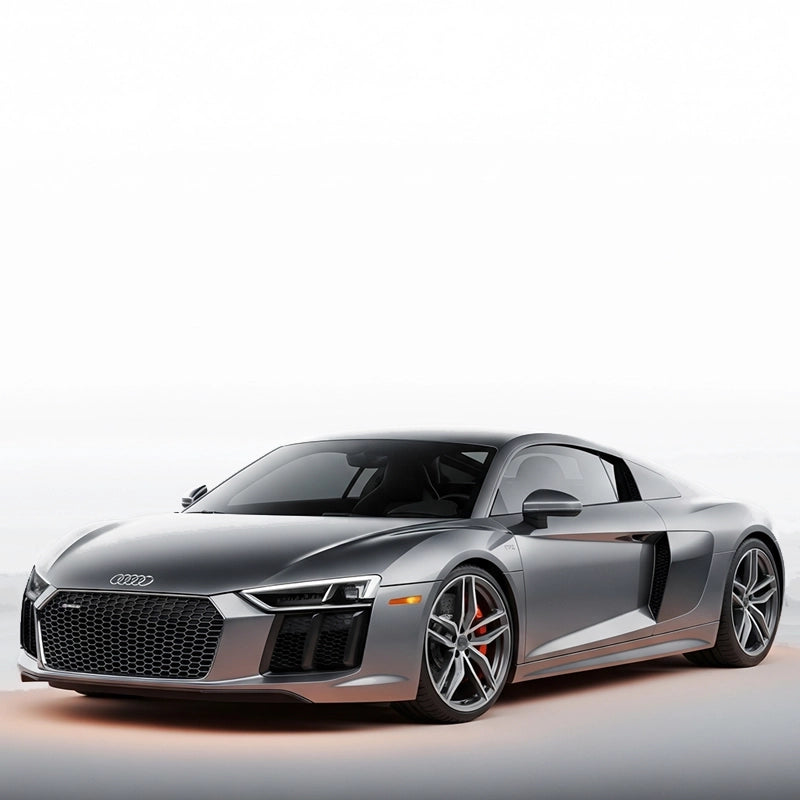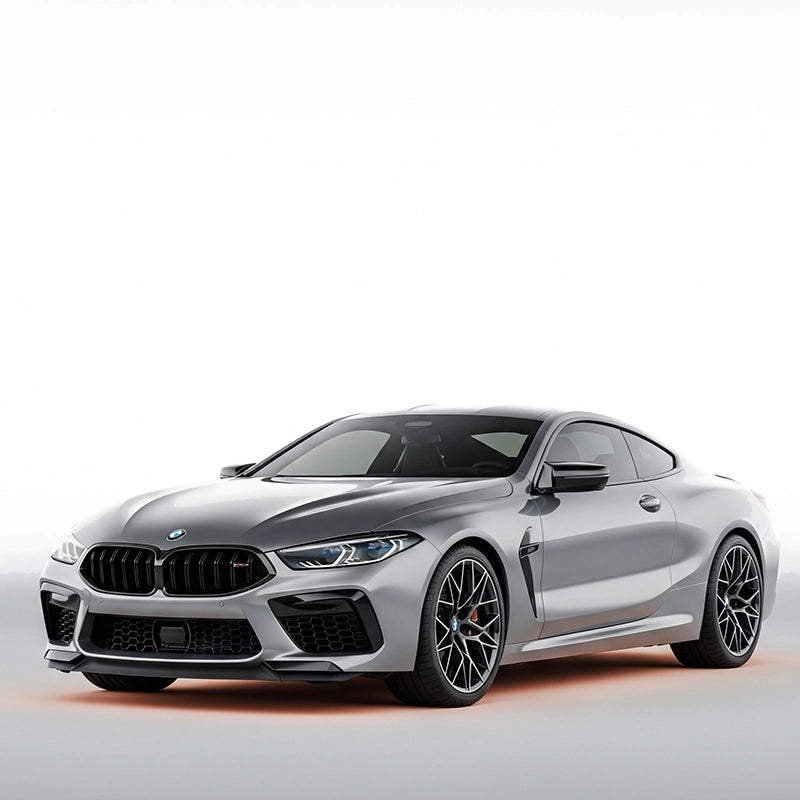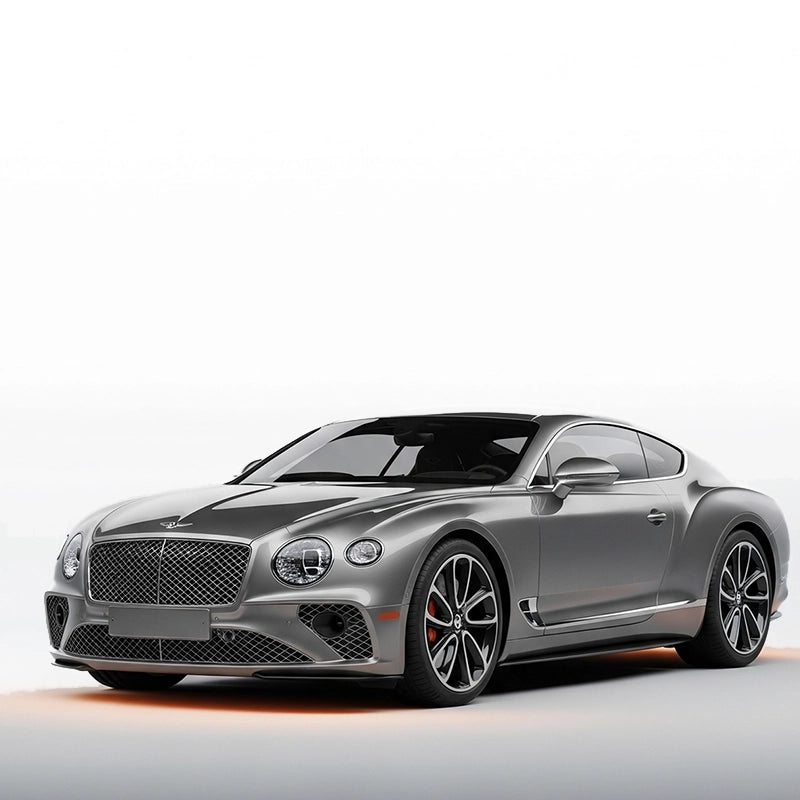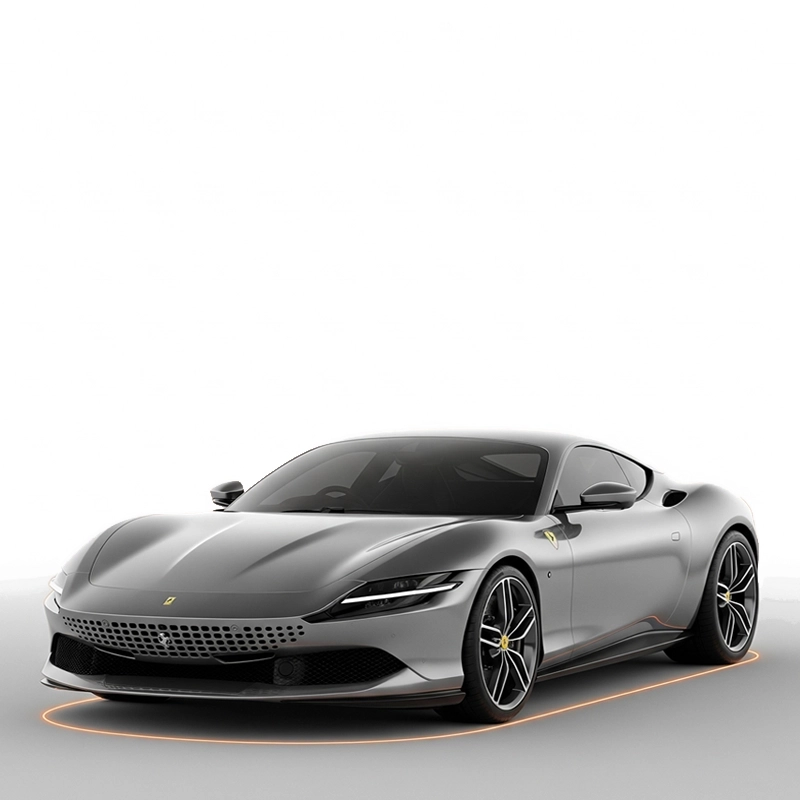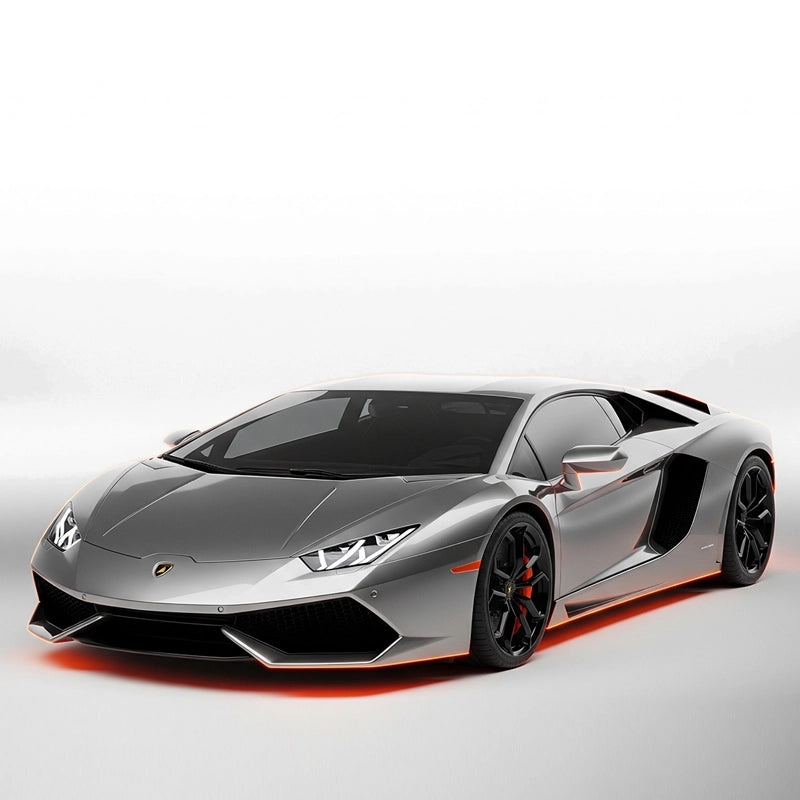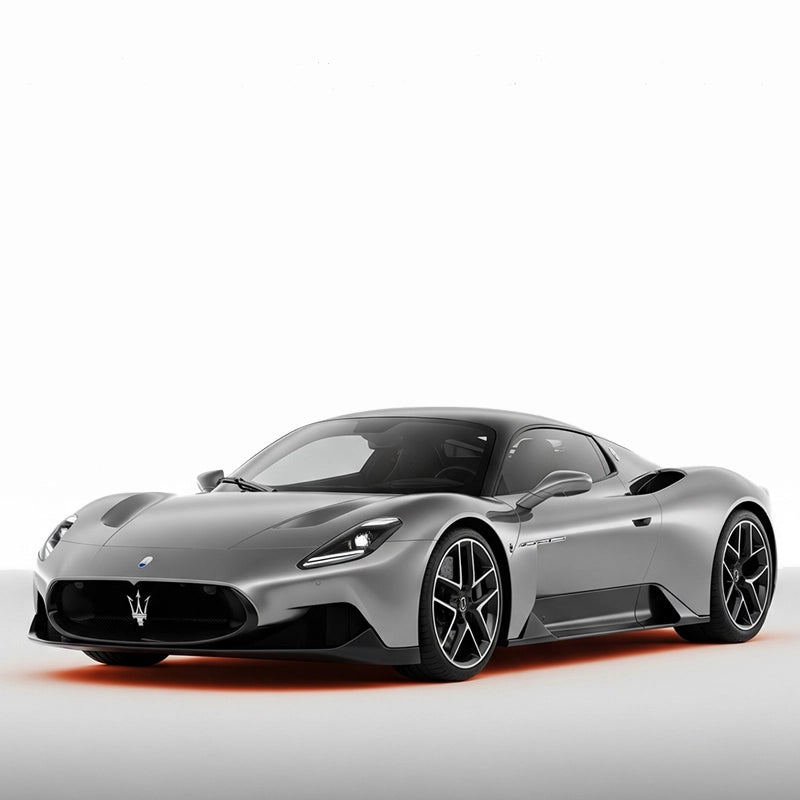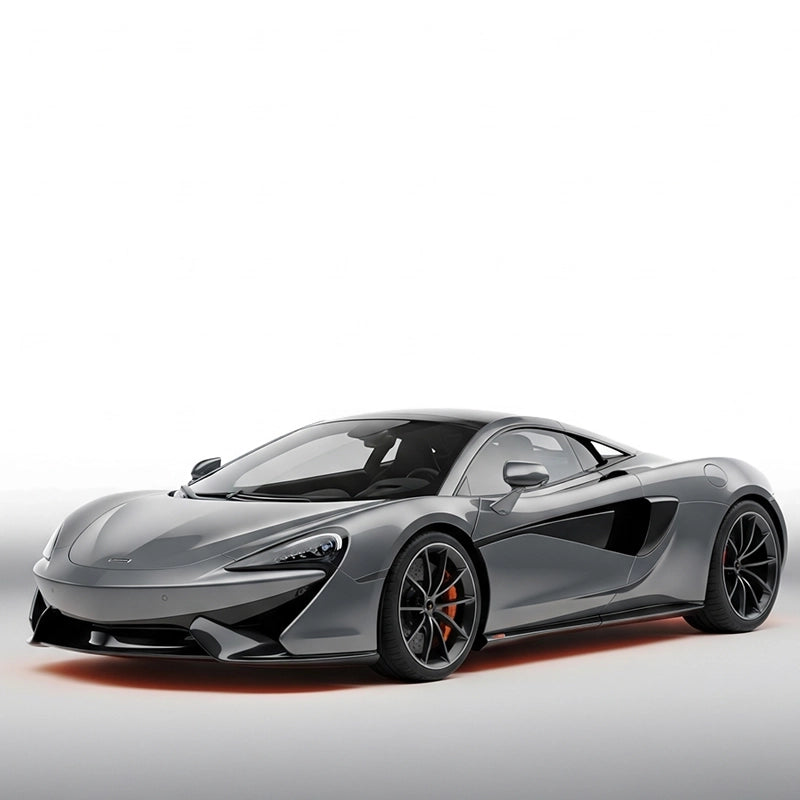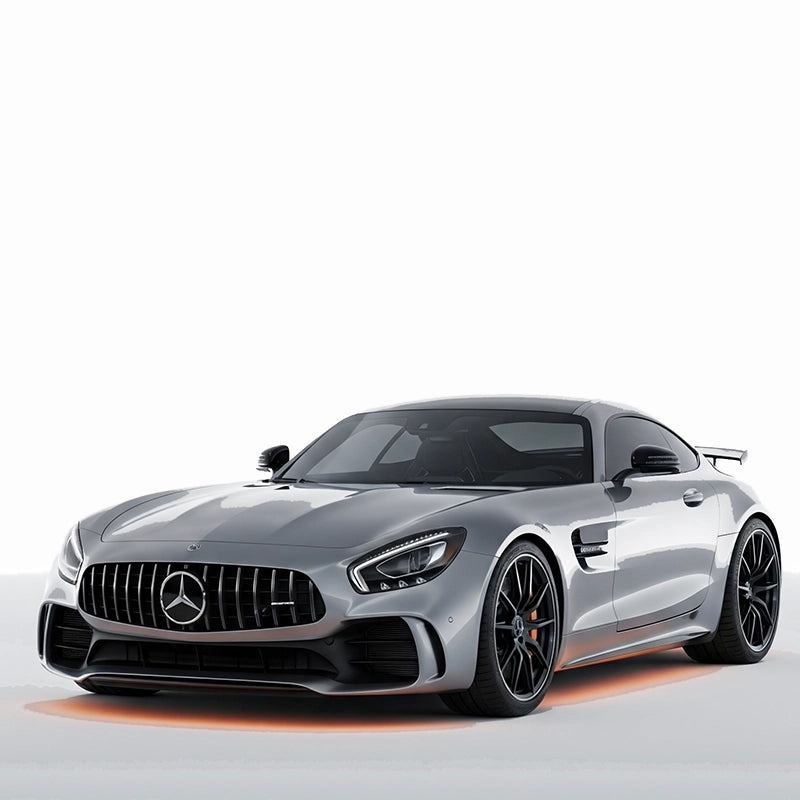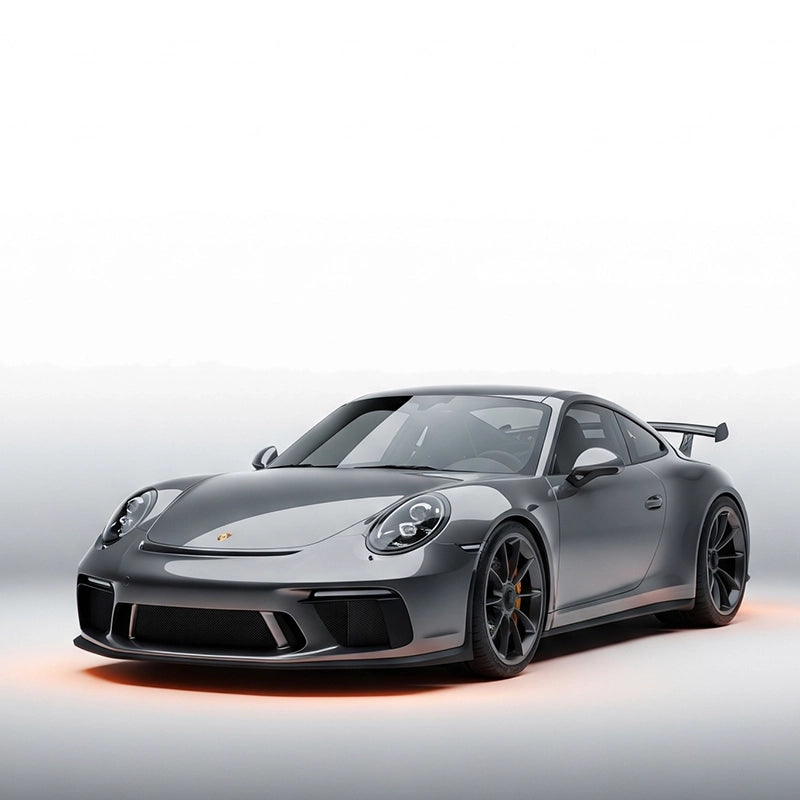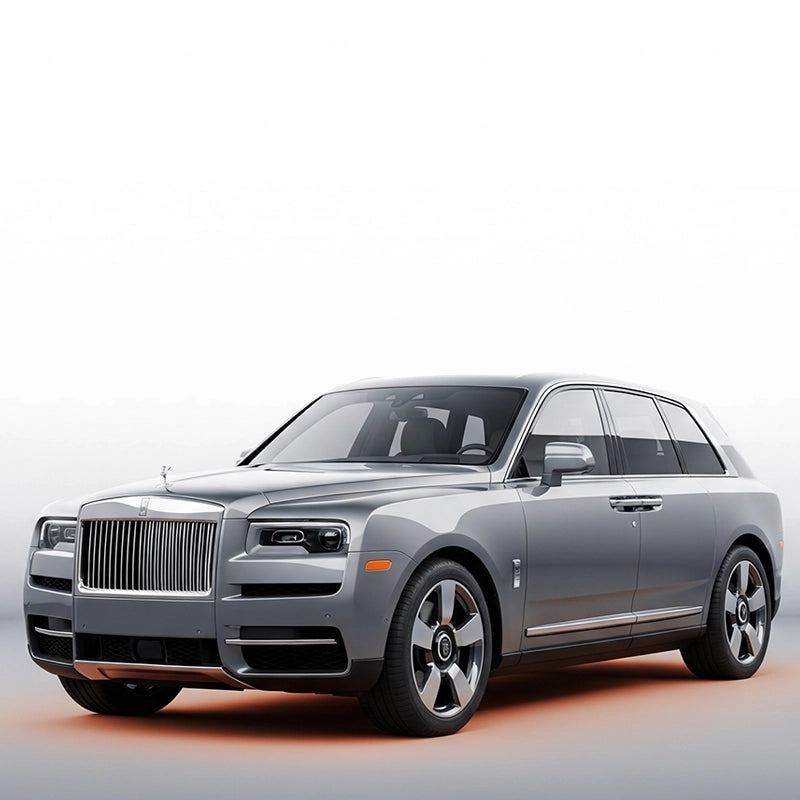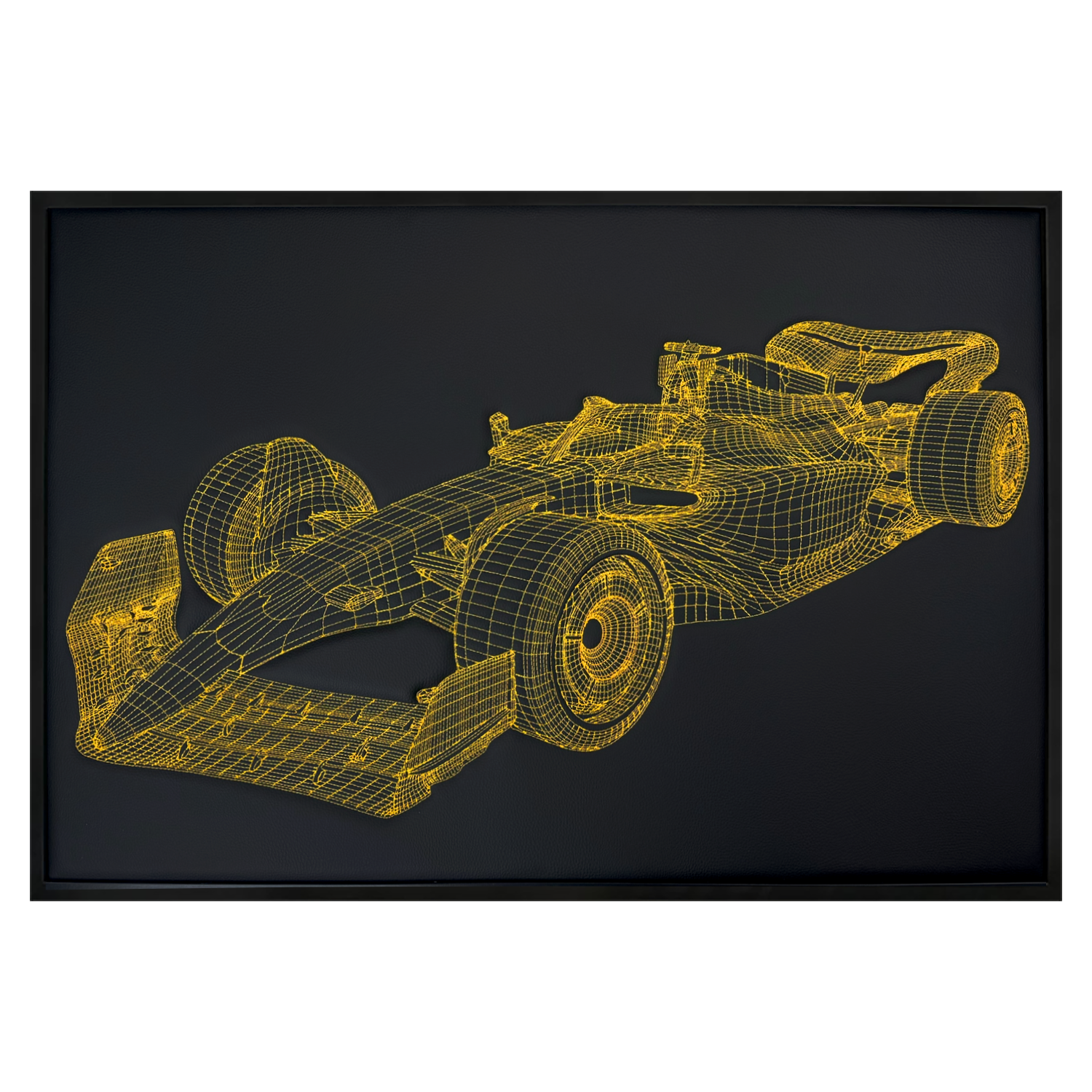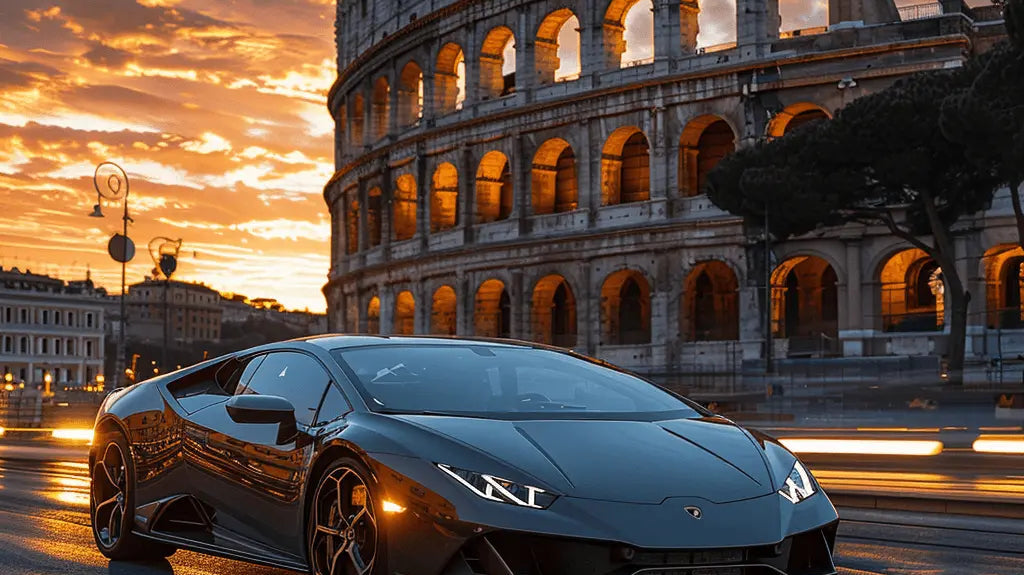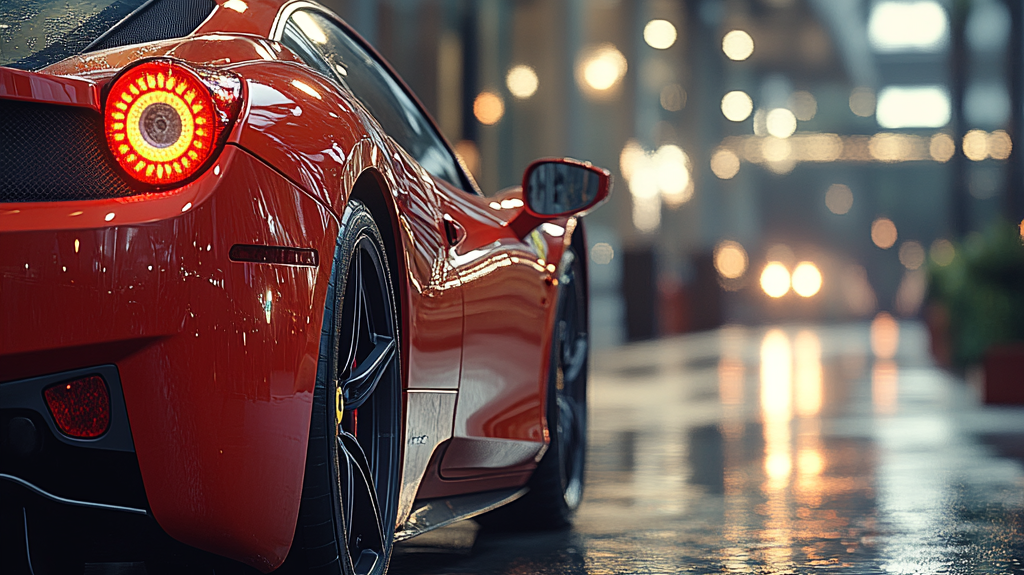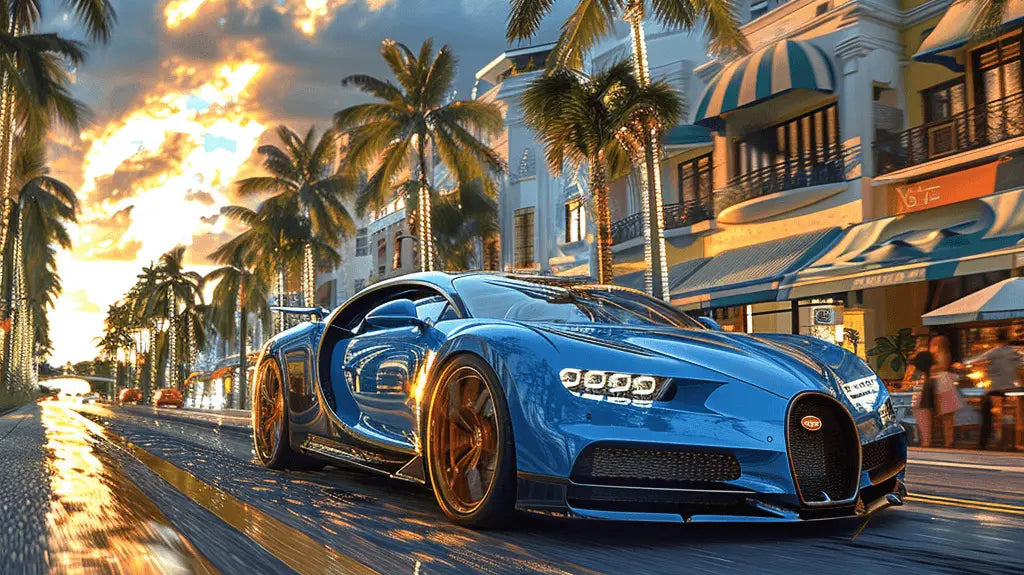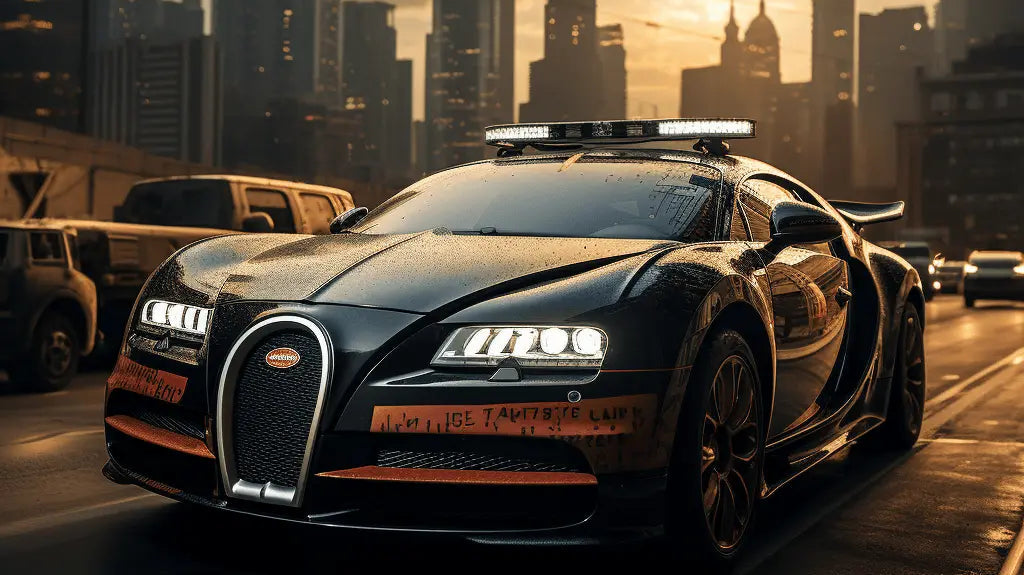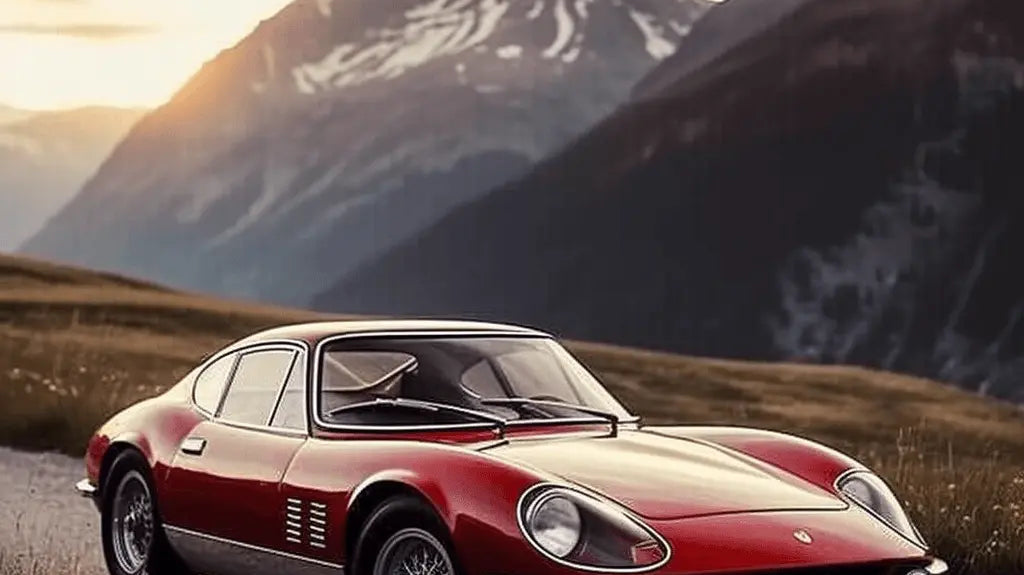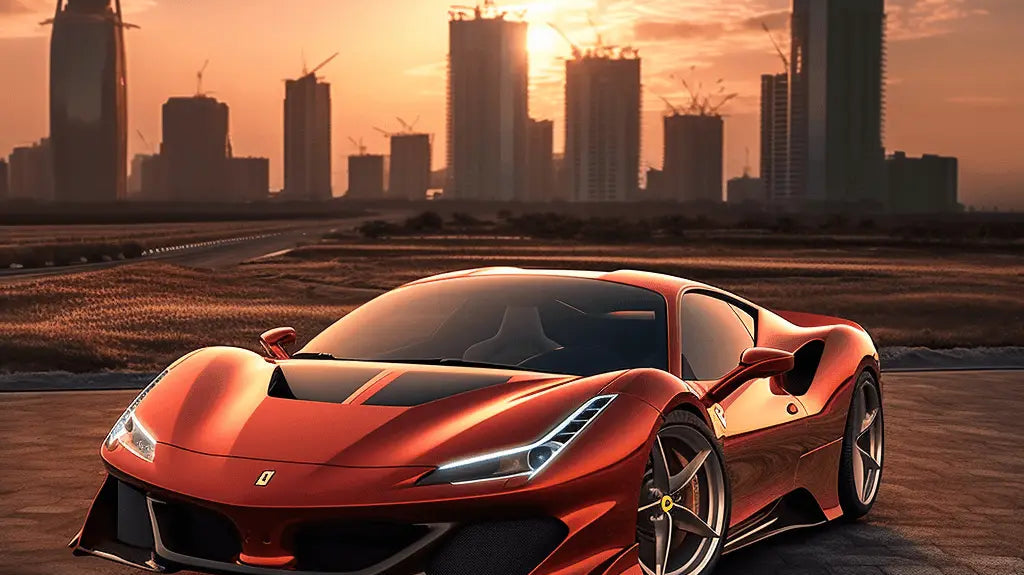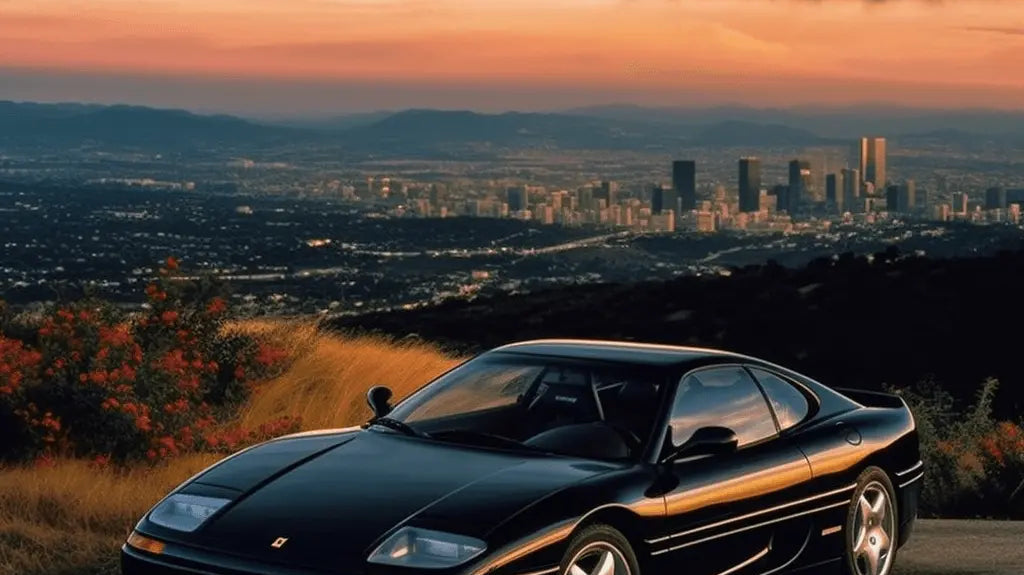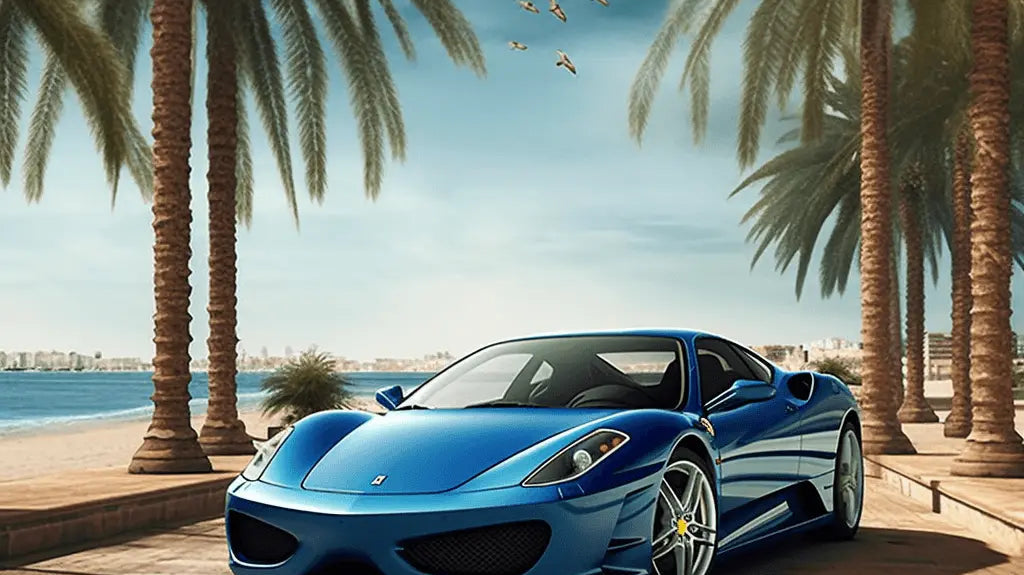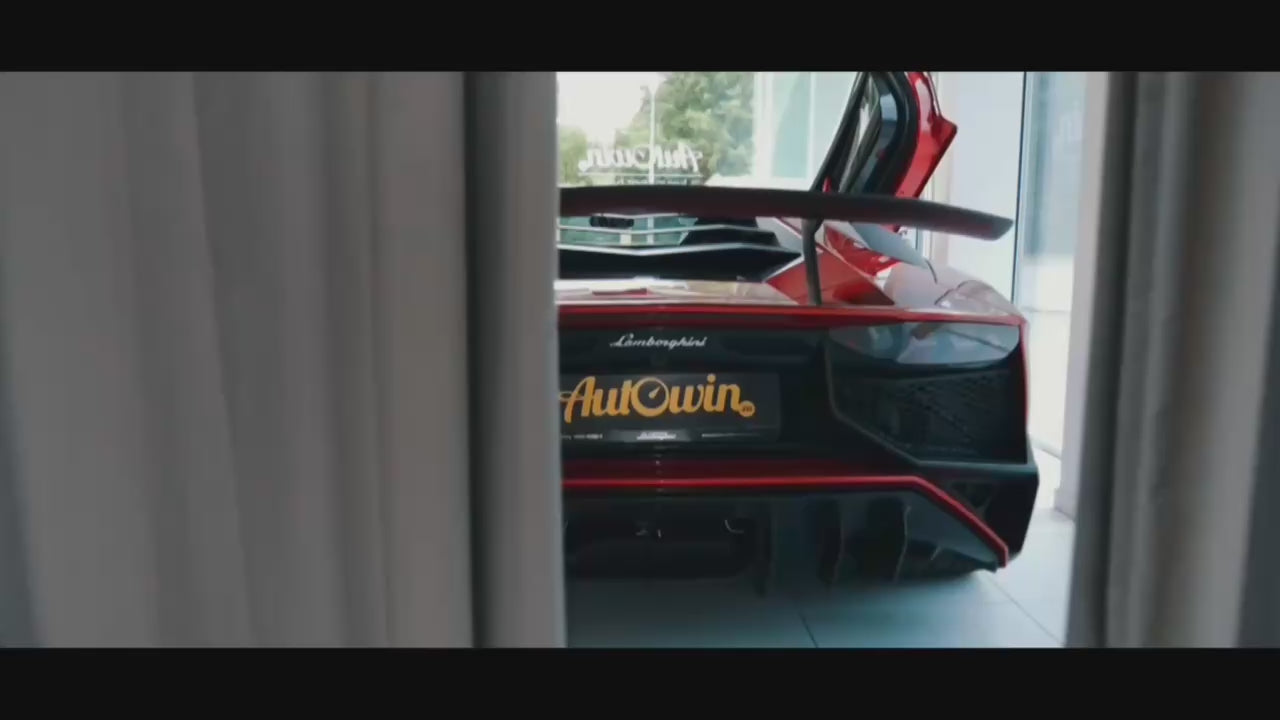BMW 3 Series E36 Convertible (1993–2000): The roof-down classic you can still daily
I still remember the first time I dropped the top on a clean 328iC just outside Santa Barbara—sun on my shoulders, straight-six humming that silky BMW baritone, and the chassis doing that old-school BMW thing where it breathes with the road. The BMW 3 Series E36 Convertible isn’t just a ’90s time capsule; it’s the rare premium convertible you can actually live with every day. And yes, it still feels special. Every. Single. Time.

The legacy: how the BMW 3 Series E36 Convertible reset the open-top benchmark
Built from 1993 to 2000, the E36 Convertible arrived with a calmer, more mature shape than the boxy E30. Underneath, it brought proper structural strengthening for drop-top duty, multi-link rear suspension, and a cabin that suddenly felt close to a junior 5 Series. It was the era when BMW was obsessed with steering feel and balance—and you can sense that obsession within a block of driving.
Engines and performance: why the straight-six still sings
BMW offered everything from a thrifty four-cylinder to creamy sixes, and—if you’re lucky enough—an M3 Convertible in certain markets. There was no factory V8 in the E36 convertible, despite what internet myths sometimes claim.
- 318i/318iC: 1.8–1.9L inline-four, ~138 hp; relaxed cruiser, 0–60 mph roughly 9.5–10.5 sec.
- 323iC: 2.5L inline-six, ~168 hp; sweet spot for weekend trips, ~8 seconds to 60.
- 325iC/328iC: 2.5–2.8L inline-six, 189–193 hp; the “just right” models, ~7–7.5 sec to 60.
- M3 Convertible (market dependent): 240–321 hp; 0–60 mph from mid-6s to low 5s in Euro spec.
On a fast, scruffy B-road the 328iC feels unflustered—yes, there’s a hint of scuttle shake over sharp hits (it’s a ’90s soft-top, not a carbon-tub supercar), but the steering is alive and the chassis is friendly. The brakes bite, the manual shifter is a tad notchy when cold, and the engine… well, BMW’s ’90s six is why some of us still buy gas.
Living with the BMW 3 Series E36 Convertible: the honest bits
Top down, the cabin stays civil up to highway speeds with the wind deflector in place. The heater’s strong enough for roof-down winter sunsets—ask me how I know—and it’s quiet enough at a cruise to hear your kids arguing in the back about which snack you forgot.
- Ride quality: supple on 16s; firmer aftermarket setups can make cowl shake more obvious.
- Cabin: classic BMW ergonomics, excellent visibility, rear seats usable for actual humans (short trips).
- Infotainment: period-correct. A modern head unit is a popular upgrade; keep the original if you’re chasing originality.
Common quirks to check before you buy
- Cooling system: radiators, expansion tanks, and water pumps are consumables on E36s. Proactive replacement is smart.
- VANOS seals (six-cylinders): can sap low-end torque; refreshed units wake the car up.
- Rear trailing arm bushings: worn RTABs spoil handling; fresh ones restore that BMW poise.
- Door panels and glovebox: droop or delaminate with age—fixable, but check.
- Top mechanism: listen for smooth operation; inconsistent movement points to tired hydraulics or switches.
- Rust: rear arches, jacking points, and around the windshield frame on coastal cars.
Upgrade your interior: AutoWin floor mats for the BMW 3 Series E36 Convertible
One easy way to keep an E36’s interior feeling special is with a fresh set of mats. When I swapped in a set from AutoWin, the cabin instantly felt cleaner—less ’90s commuter, more weekend classic. AutoWin offers tailored options for the E36 Convertible—from carpeted sets to sportier carbon-look finishes.

Highlights:
- Model-specific fitment for the 3 Series E36 Convertible.
- Raised edges to catch sand, snow, and the occasional dropped espresso lid.
- Easy to clean; they protect original carpets—important for resale.

Interesting facts about the BMW 3 Series E36 Convertible
- Engine range ran from four-cylinder efficiency to velvety inline-sixes; markets outside the U.S. also got M3 Convertibles.
- Dual front airbags, side-impact protection, and an automatic rollover system made it a safety-forward ’90s cabrio.
- Rear multi-link suspension and near-50/50 balance delivered handling that still feels modern.
- Options included heated seats, wind deflector, hardtop, and premium audio—great finds on used examples.
- Exact global production figures vary by source; broadly, hundreds of thousands of E36 Convertibles were built across seven model years.

BMW 3 Series E36 Convertible vs rivals (period and spirit)
| Model | Engines (typical) | Power | 0–60 mph (approx.) | What it feels like |
|---|---|---|---|---|
| BMW 3 Series E36 Convertible | I4, I6 (M3 in select markets) | 138–321 hp | 10.5–5.5 sec | Balanced, communicative steering; weekend GT you can daily. |
| Audi Cabriolet (B4) | I4, V6 | 115–172 hp | 11–9 sec | Refined cruiser; softer dynamics, lovely cabin. |
| Mercedes-Benz CLK (A208) | I4, V6, V8 | 136–302 hp | 10–6 sec | Lux-first, relaxed ride; less steering feel than BMW. |
| Saab 9-3 Convertible | Turbo I4 | 150–205 hp | 9–7 sec | Quirky charm, strong midrange; FWD grip, comfy seats. |
Conclusion: why the BMW 3 Series E36 Convertible still matters
The BMW 3 Series E36 Convertible nails a rare balance: old-school feel, modern-enough usability, and a soundtrack that never gets old. It’s easy to maintain if you’re proactive, genuinely practical for a premium SUV–free lifestyle, and stylish without trying. If you want a classic that loves being driven, this is it—roof down, radio off, just the straight-six and the sky.
FAQ: BMW 3 Series E36 Convertible (quick answers)
-
What years was the BMW 3 Series E36 Convertible built?
1993–2000. Seven model years of open-top goodness. -
How much is an E36 Convertible worth today?
Condition drives price. Rough drivers can be under $7,000; clean 328iC/323iC manuals often land in the $10,000–$20,000 range; exceptional low-mile cars and M3 Convertibles can reach well above that. Check recent sales and local listings. -
Which year is “best” for the E36 Convertible?
Personal pick: late cars (1998–1999) for their updates and the 328iC’s torque. In the U.S., the 1998–1999 M3 Convertible is the enthusiast’s halo. -
How many E36 Convertibles were produced?
Exact numbers vary by source and region, but broadly speaking, production ran into the hundreds of thousands across all variants. The M3 Convertible is significantly rarer. -
Is the E36 Convertible reliable?
Yes, if maintained. Budget for cooling system refreshes, suspension bushings, and convertible-top care. A well-kept car rewards with dependable, everyday usability.

